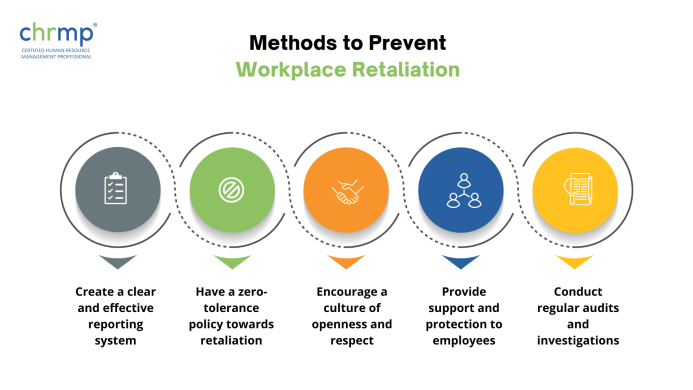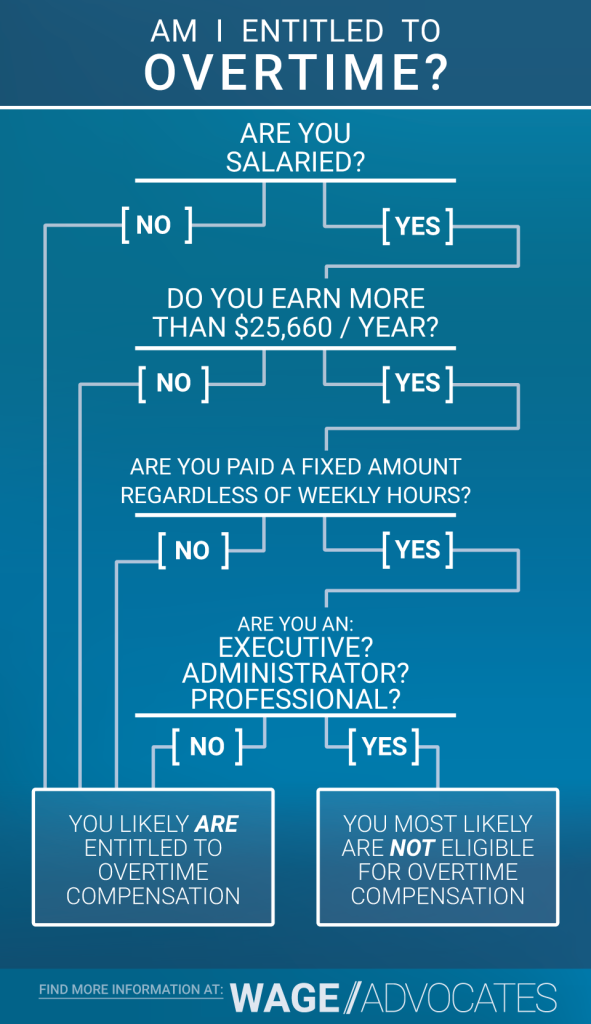
Employee Referral Programs: Boost Your Hiring with Top Talent
In today’s competitive job market, finding the right talent can feel like searching for a needle in a haystack. Traditional hiring methods like job boards and recruitment agencies can be time-consuming, expensive, and sometimes yield less-than-ideal candidates. But what if your best recruiters were already working for you?
Enter Employee Referral Programs (ERPs) – a powerful, cost-effective, and often underutilized strategy that leverages your current employees to find your next great hires. For businesses of all sizes, especially those looking to grow efficiently, an ERP can be a game-changer.
This comprehensive guide will break down what Employee Referral Programs are, why they are so effective, and how you can build a successful one to supercharge your hiring efforts.
What Exactly Are Employee Referral Programs?
At its core, an Employee Referral Program is a structured system where your current employees are encouraged to recommend qualified candidates from their network for open positions within your company. If a referred candidate is hired and successfully completes a certain period (e.g., 90 days), the referring employee receives a reward or "referral bonus."
Think of it as word-of-mouth marketing for your hiring process. Your employees are your brand ambassadors, and they’re inviting people they trust and respect to join your team.
How it typically works:
- Company announces an open position.
- Employees are encouraged to think of people they know who would be a good fit for the role and the company culture.
- An employee refers a candidate (often through a specific process or platform).
- The candidate applies and goes through the normal hiring process.
- If the candidate is hired and meets the program’s criteria, the referring employee receives a reward.
Why Are Employee Referral Programs So Powerful? The Undeniable Benefits
ERPs aren’t just a nice-to-have; they offer a significant strategic advantage in talent acquisition. Here’s why businesses are increasingly turning to them:
1. Higher Quality Hires
- Pre-Vetted Talent: Your employees know your company’s culture, values, and the specific skills needed for a role. They’re unlikely to recommend someone who isn’t a good fit, as their own reputation is on the line. This means referred candidates often come with an implicit endorsement.
- Stronger Cultural Fit: People tend to associate with others who share similar values and work ethics. Referred candidates are more likely to integrate smoothly into your team and embody your company’s spirit.
2. Faster Hiring Process
- Reduced Sourcing Time: Instead of sifting through hundreds of resumes from job boards, you get pre-qualified candidates directly from a trusted source.
- Quicker Time-to-Hire: Studies consistently show that referred candidates are hired faster than those from other sources. This means open positions are filled more quickly, reducing productivity gaps.
3. Reduced Cost-Per-Hire
- Lower Recruitment Fees: You significantly cut down on expenses associated with external recruiters, costly job board advertisements, and extensive candidate sourcing tools.
- Higher ROI: While there’s the cost of referral bonuses, this is often far less than agency fees or the long-term costs of a prolonged vacancy.
4. Improved Employee Retention
- Longer Tenure: Employees hired through referrals tend to stay with the company longer. This is because they often have a clearer understanding of the company culture and expectations before joining, thanks to their referrer.
- Built-in Support System: Referred employees often have a built-in mentor or friend (their referrer) within the company, which helps them feel more comfortable and engaged from day one.
5. Stronger Company Culture and Employee Engagement
- Empowerment: Employees feel valued and trusted when asked to contribute to the company’s growth in such a meaningful way.
- Team Cohesion: When employees help build their own teams, it fosters a stronger sense of camaraderie and shared purpose.
- Positive Reinforcement: Successful referrals create a positive feedback loop, encouraging more employees to participate and further strengthening morale.
6. Access to Passive Candidates
- Hidden Gems: Many of the best candidates aren’t actively looking for a job. They might be happy in their current role but open to a new opportunity if presented by a trusted friend or colleague. ERPs tap into this valuable pool of "passive talent" that traditional methods often miss.
How to Build a Successful Employee Referral Program: Step-by-Step
A well-designed ERP isn’t just about offering money for referrals. It requires careful planning, clear communication, and consistent management.
1. Define Your Goals and Program Structure
- What do you want to achieve? (e.g., reduce time-to-hire by X%, increase quality of hires, fill specific hard-to-fill roles).
- Who is eligible to refer? (All employees? Only non-HR staff? Be clear.)
- What positions are eligible for referrals? (All roles, or only specific high-priority ones?)
2. Determine Attractive Incentives
The "bonus" doesn’t always have to be cash, though it’s often the most popular. Consider a mix of options:
- Cash Bonuses: The most common and often most motivating.
- Gift Cards: For popular retailers, restaurants, or experiences.
- Extra Paid Time Off (PTO): A valuable benefit for many.
- Charitable Donations: The company donates to a charity of the employee’s choice.
- Company Swag/Experiences: High-value items, special events, or recognition.
- Tiered Rewards: Offer different bonus amounts based on the seniority or difficulty of the role being filled.
- No Bonus? No Problem (Sometimes): For some employees, simply helping a friend and their company is reward enough, but a bonus certainly helps!
3. Create Clear and Simple Guidelines
- Eligibility Criteria: Who can refer? What kind of candidates are eligible?
- Referral Process: How do employees submit a referral? Is there a form, an email address, or a specific software? Make it as easy as possible!
- Timeline: When is the bonus paid? (e.g., after 90 days of the new hire’s employment).
- Communication: How will employees be updated on their referral’s status?
- Dispute Resolution: What happens if there’s a conflict (e.g., two people refer the same candidate)?
4. Promote Your Program Internally
A great program is useless if no one knows about it!
- Launch Event: Kick off with an announcement, explaining the benefits for both the company and the employees.
- Regular Reminders: Share success stories, highlight open positions, and remind employees about the program through:
- Company-wide emails
- Intranet announcements
- Team meetings
- Posters in common areas
- Internal chat platforms (Slack, Teams)
- Educate Managers: Ensure managers understand the program and encourage their teams to participate.
5. Implement a Simple Tracking System
You need a way to track referrals from submission to hire and bonus payout.
- Spreadsheet: For smaller businesses, a simple spreadsheet can work.
- Applicant Tracking System (ATS): Many modern ATS platforms have built-in referral tracking features.
- Dedicated Referral Software: For larger organizations, specialized software can automate the process, track statuses, and manage payouts.
6. Provide Timely Feedback and Recognition
This is CRITICAL for long-term success.
- Acknowledge Every Referral: Even if the candidate isn’t a fit, thank the employee for their effort.
- Keep Referrers Updated: Let them know when their referred candidate applies, gets an interview, or is hired (or not hired). Transparency builds trust.
- Celebrate Successes: Publicly recognize employees who make successful referrals. This could be in a company newsletter, an all-hands meeting, or a special shout-out.
7. Get Leadership Buy-In
For an ERP to truly flourish, it needs the visible support of senior leadership. When leaders champion the program, it signals its importance to the entire organization.
Common Mistakes to Avoid
Even with the best intentions, some ERPs fall flat. Here are common pitfalls to steer clear of:
- Lack of Promotion: Launching a program and then forgetting about it. Employees won’t participate if they don’t know it exists or aren’t regularly reminded.
- Complicated Process: Making it difficult to refer someone. If employees have to jump through hoops, they simply won’t bother.
- Unattractive Rewards: Offering a bonus that’s too small or not relevant to employees. The reward must be motivating.
- Ignoring Referrals: Not following up with referred candidates quickly, or worse, not giving feedback to the referring employee. This erodes trust and discourages future referrals.
- No Tracking or Measurement: Without tracking, you can’t assess the program’s effectiveness or justify its existence.
- Inconsistent Application: Changing rules mid-stream or applying them unfairly.
- Treating it as a "Set and Forget" Program: ERPs need ongoing nurturing, promotion, and adjustment based on results.
Getting Started: Your First Steps Towards a Powerful ERP
Ready to harness the power of your existing team? Here’s how to take your first practical steps:
- Form a Small Task Force: Gather a few key people from HR, leadership, and even some enthusiastic employees to help design the program.
- Research Incentive Ideas: Talk to your employees! What kind of rewards would genuinely excite them?
- Draft a Simple Policy: Start with the basics: who can refer, what roles, what’s the reward, and how to submit. Keep it concise.
- Choose Your Tracking Method: Decide if you’ll use a spreadsheet, your ATS, or look into dedicated software.
- Plan Your Launch: How will you introduce this exciting new initiative to your team? Make it a positive, engaging event.
- Commit to Communication: Decide on a regular schedule for promoting the program and updating referrers.
Conclusion: Your Employees Are Your Best Recruitment Asset
Employee Referral Programs are more than just a recruitment tool; they’re a testament to your company’s culture and a smart investment in your future. By empowering your employees to bring in talent from their trusted networks, you’re not just filling roles – you’re building a stronger, more cohesive, and more productive workforce.
In a world where talent is the ultimate competitive advantage, leveraging the power of your own team through a well-executed Employee Referral Program is one of the smartest strategies you can employ to boost your hiring and secure top talent for years to come. Start building yours today!




Post Comment